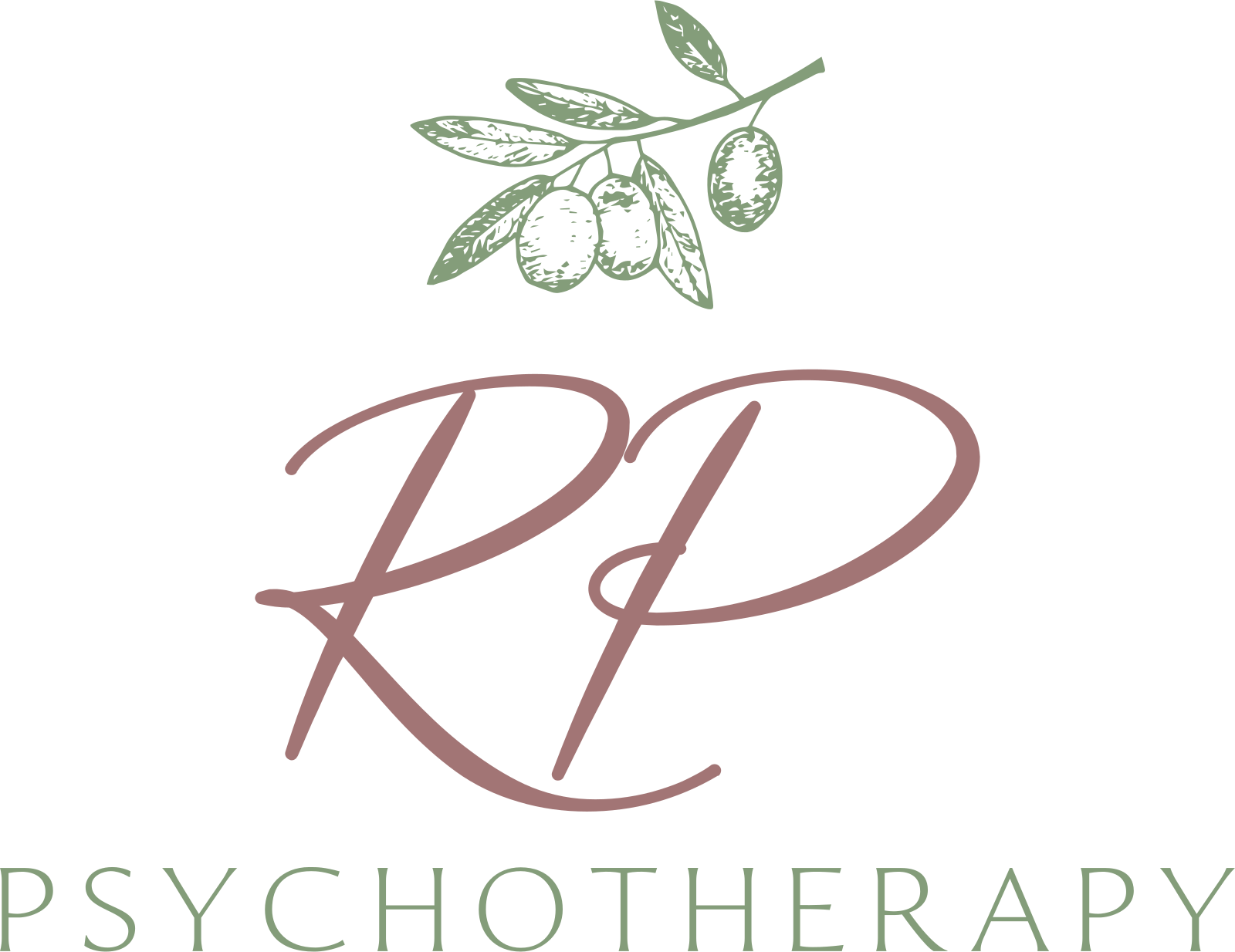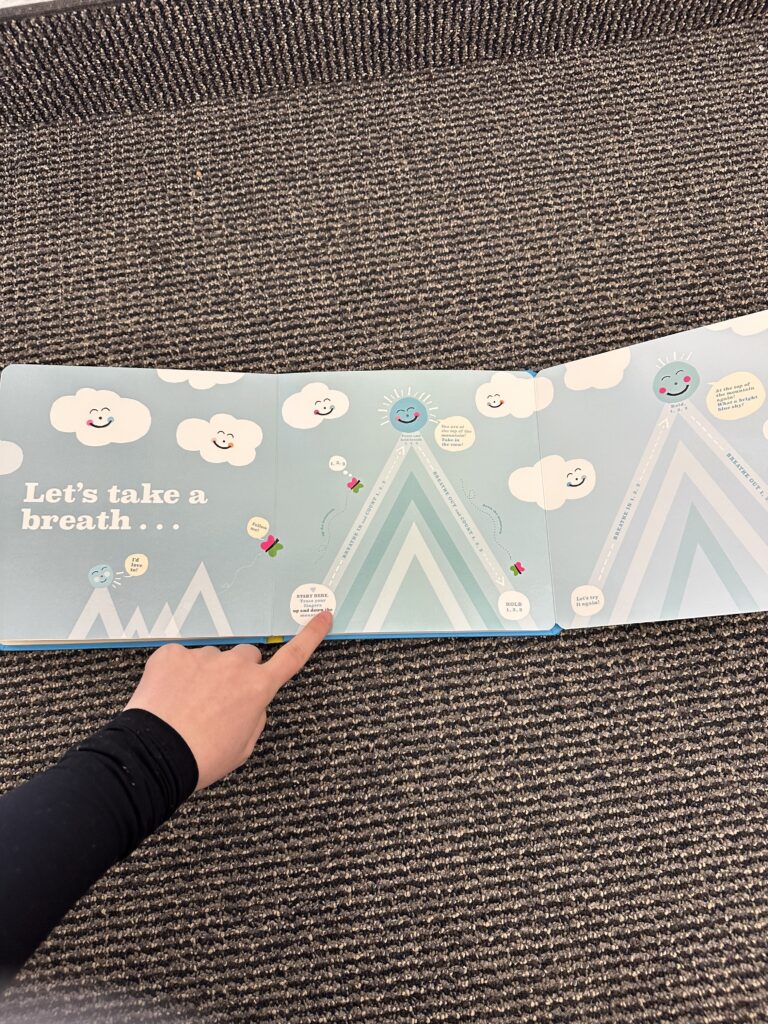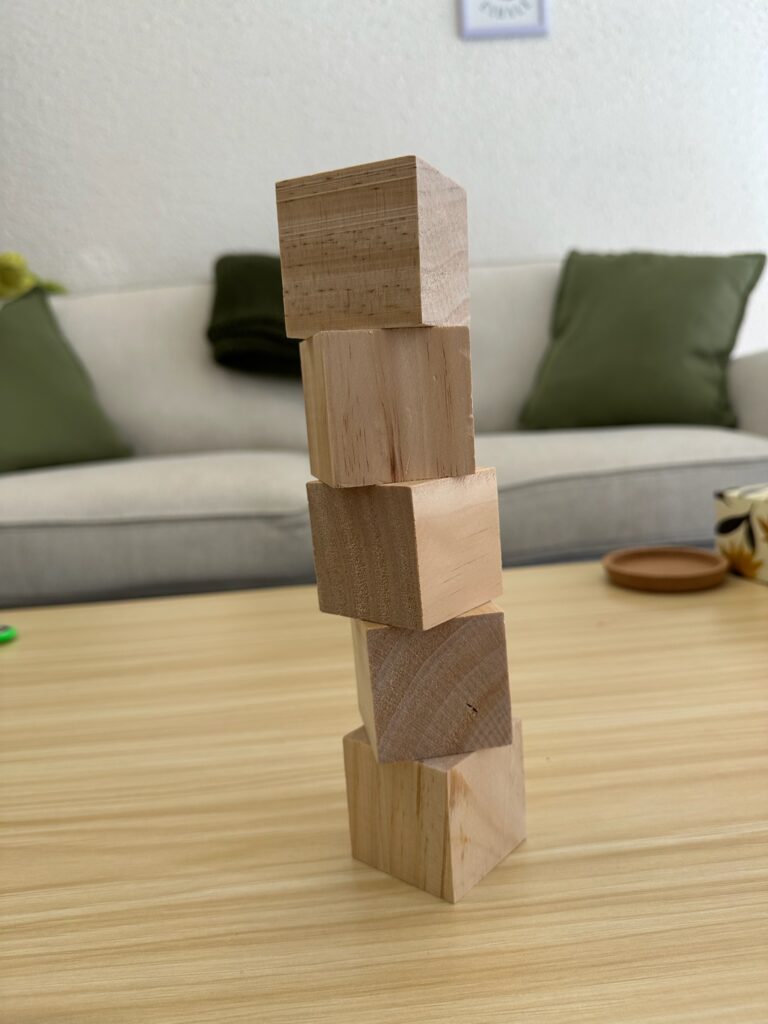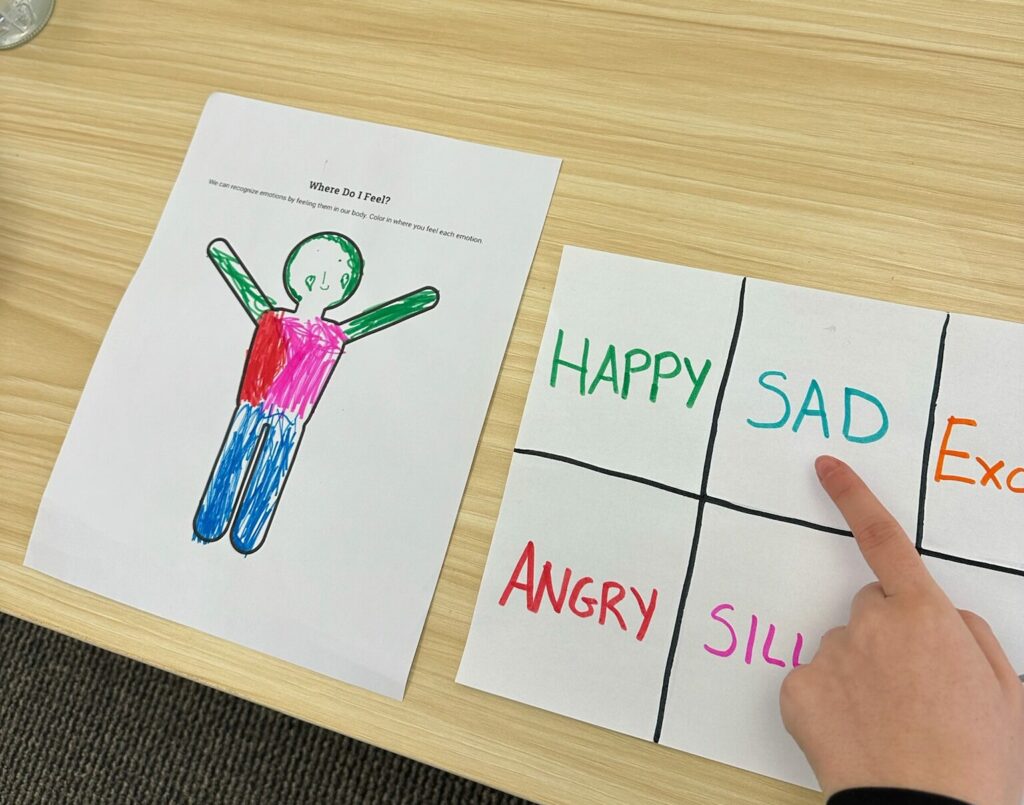
Understanding Play and Art Therapy
Play and Art Therapy: What’s the Difference?
Play and art therapy are gentle, creative approaches to healing—each offering a unique path for emotional expression and growth. At our practice, we take time to learn what feels most supportive and natural for each person—whether it’s play, art, or a thoughtful combination of both.
Play therapy is especially powerful for children who express themselves best through imagination. Using toys, stories, role-play, and games, they’re invited into a space where emotions can be explored safely and naturally.
- Trust and Safety: Sessions are grounded in connection and emotional security
- Symbolic Expression: Children communicate feelings that are too big or complex to put into words
- Supportive Guidance: The therapist follows the child’s lead, stepping in gently to support deeper insight
- Emotional Integration: Over time, children grow in confidence, resilience, and self-awareness
Art therapy supports people of all ages. Whether it’s painting, drawing, or sculpting, the focus is on creating freely and reflecting with support. There’s no pressure to “do it right”—just space to explore and be understood. The therapist offers guidance as needed, helping uncover insights and build emotional clarity.
Both approaches encourage expression without pressure—offering deeply human ways to connect, heal, and grow.



Why We Use Play and Art in Therapy
At our practice, these aren’t just therapy techniques—they’re meaningful tools for connection. We know that not everyone feels ready to talk through their experiences right away. That’s why we meet you or your child where you are—whether that’s with a box of paints or a favorite puppet.
Creative expression allows emotions to surface naturally, often revealing what words cannot. For children, play is their language. For adults, creative therapy provides space for reflection, release, and new understanding.
Is Play Therapy Only for Children?
While play therapy is often used with children, it can also support teens and adults—especially those who find words hard to access. The creative, hands-on nature of play helps people reflect, process, and heal in ways that feel natural and non-threatening.
Can Adults Benefit from Art Therapy?
Absolutely. Many adults find that art therapy helps them reconnect with themselves in ways that feel grounded, empowering, and safe. Through creative exploration, adults can process emotions, manage anxiety, and discover new insights—no art experience needed. It’s not about the final product—it’s about giving shape to what you’re carrying inside.
Is Play or Art Therapy Right for You or Your Child?
If you or your child are feeling overwhelmed, anxious, or unsure how to express what’s going on—play or art therapy may be a gentle and effective path forward.
- For children who love imaginative play, role-playing, or storytelling, play therapy can feel like a natural outlet
- For those drawn to drawing, sculpting, or crafting, art therapy offers a calming space to create and reflect
- For teens and adults, art or structured play-based approaches can support deeper emotional work, ease stress, and aid in healing from trauma or loss
We don’t rush to label or decide. We start by getting to know you or your child—what feels safe, what brings joy, and what needs support—and then we tailor the approach to fit just right.
How Does Play Therapy Compare to CBT?
Cognitive Behavioural Therapy (CBT) is structured and focused on reshaping thoughts. It can be highly effective—especially for older children, teens, and adults.
But for younger children, or for anyone feeling overwhelmed by talking, play therapy may offer a more accessible starting point. It meets each person where they are—emotionally and developmentally—and builds insight and emotional skills from the inside out.
If Talking Feels Too Hard, There’s Another Way In
Play and art can speak when words fall short—let’s explore how.
What to Expect in Play & Art Therapy
Step inside a typical play or art therapy session—what happens, what’s used, and how it feels.
Benefits & Practical Info of Play & Art Therapy
Discover how play and art therapy support emotional growth—and what to know before getting started.
Copyright © 2024 rppsychotherapy.com All rights reserved



